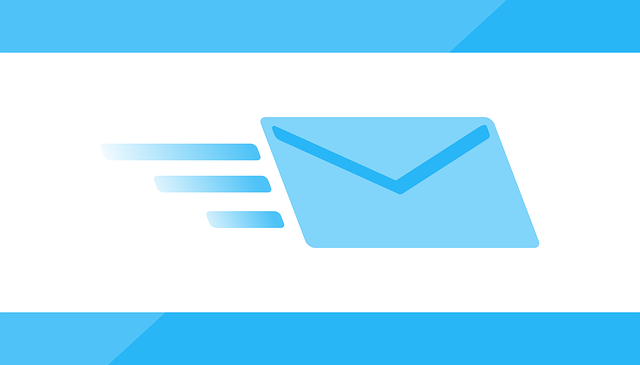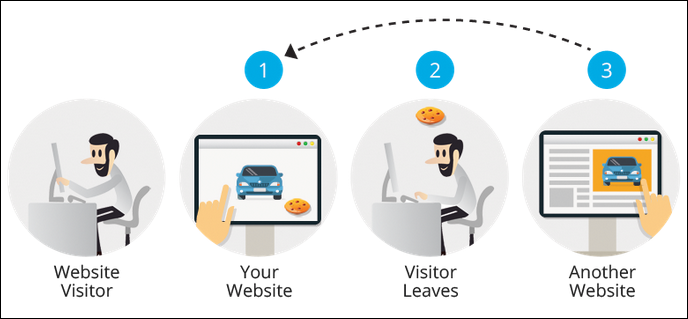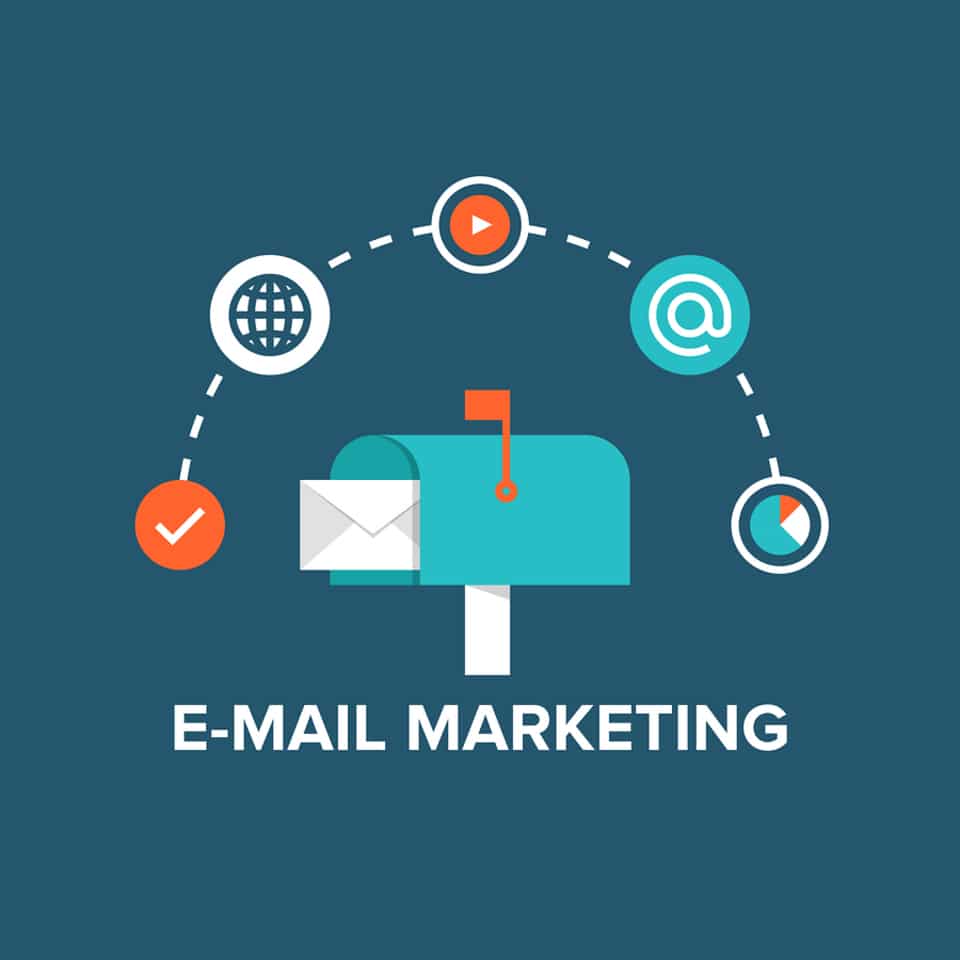Everything changed in the world of business – and at home too – once email became more prevalent in the 1990s. Before that, marketing was a completely different thing; it was all about big, bold ads in print and on TV, and all mail was sent physically and posted through letterboxes. Now, however, email marketing is an important part of every company’s marketing schedule and budget (or should be). What are the dos and don’ts of getting your email marketing right?
Subject
Although it can be tempting to skip the subject line completely, or to write something of a riddle for people to work out and entice them to read on, neither of those things is a great idea when it comes to email marketing. Having no subject line whatsoever looks unprofessional, prompting questions, but it also looks dangerous to open as they think, is this spam?
The right subject needs to be clear and concise. You can write something witty if it makes sense and the reader can still understand what it is that you are saying to them, and what they are expected to do. If this is less generic and more personalized, including their name, and even yours, could also work well.
Signature
Having a professional signature on your emails shows that you are professional. Simply typing your name at the end is no longer the thing; you will need to have an automatic signature that has all of your details on it, as well as your name. That is your website, email address, landline, direct phone number, cell phone number; even you’re Skype ID and LinkedIn profile if you think that would be useful. The recipient of the email needs to know who you are and how to get in touch with you – and not just by replying to your email. They may want to do some research first.
Your Website
Whenever you send out a marketing email, you are doing so to win business. The email will need to have a call to action that points people in the right direction, asking them to take the next step. An important step for them to take is to visit your website, so you need to make sure it’s ready for them. This is where hiring an expert to design your website for you is a good idea. Such professionals are knowledgeable, and they will know what your website needs depending on your business. For example, if you’re an electrical contractor, then you can employ the help of someone who knows electrical contractor website design. Asking people to visit a poorly designed or incomplete website is a sure way to lose them as potential customers.
Begin Well
Start as you mean to go on with a professional salutation. Don’t say ‘hi’ or ‘hey’ or ‘yo’ or anything that is colloquial and considered slang. ‘Hello’ works wells if you don’t know the name of the person you are contacting. For when you do have the name, a traditional ‘dear’ is a good start. When it comes to names, remember to spell it correctly – there is nothing quite so off-putting as an email that contains a misspelled name. Plus, you shouldn’t shorten the name either unless you have been told that it’s fine to do so. You don’t know what someone’s preference is, and you don’t want to run the risk of alienating them from the beginning.
Spell check
Something else that tends to stop people from getting in touch is a poorly spelled email. Not everyone is great at spellings, but everyone can use a spell-check and proofread their emails before sending, so make sure you do – it could make or break a sale.





